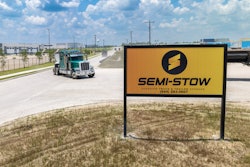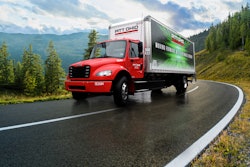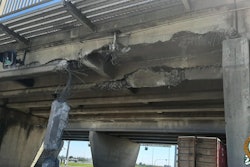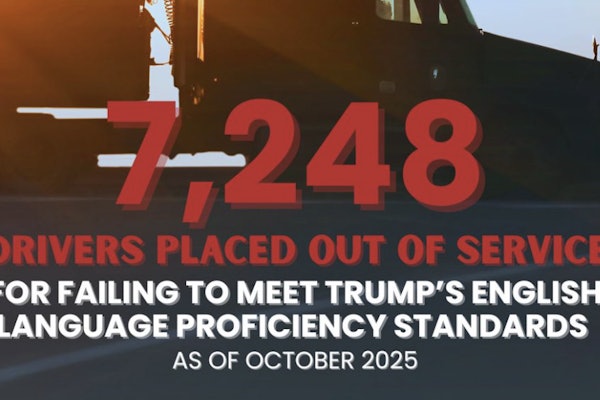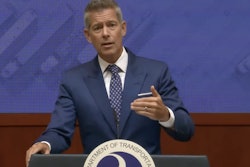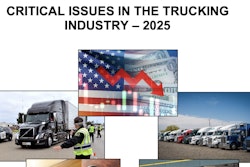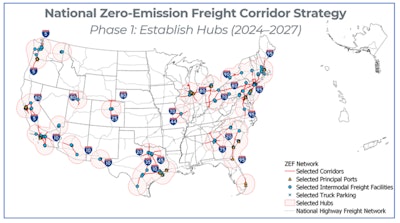
The Biden-Harris Administration Tuesday, March 12, released the National Zero-Emission Freight Corridor Strategy, which would establish a charging and refueling infrastructure network for zero-emission commercial trucks.
Developed by the Joint Office of Energy and Transportation and U.S. Department of Energy (DOE), in collaboration with the Department of Transportation (DOT) and the Environmental Protection Agency (EPA), the strategy will guide the deployment of zero-emission medium- and heavy-duty vehicle charging and hydrogen fueling infrastructure from 2024 to 2040. A statement from the White House said the strategy is designed to meet growing market demands by targeting public investment to amplify private sector momentum, focus utility and regulatory energy planning, align industry activity, and improve air quality in local communities heavily impacted by diesel emissions.
NATSO, representing truck stops and travel plazas, and SIGMA: America's leading fuel marketers, reacted to the plan, saying, "We are grateful that the Biden Administration is recognizing the critical link between how freight moves today and the efficient build out of a nationwide network of charging stations for medium and heavy-duty trucks. For this to work, it needs to impose minimal disruption on how businesses operate today. This plan recognizes that.
"Fuel retailers are at the forefront of investments in new refueling technologies and their requisite infrastructure. We have long held that President Biden's goal of establishing a nationwide network of electric vehicle charging stations for all vehicle classes is best achieved by harnessing the existing nationwide network of refueling locations.
"Many challenges exist to electrifying commercial trucks, including electricity generation and access as well as the need for fuel retailers to generate a return on investment. We appreciate that the Biden Administration has recognized some of these concerns and appears to have developed an iterative and thoughtful approach to directing investment in a medium and heavy-duty charging network."
Providing ubiquitous and convenient access to electric vehicle charging and hydrogen refueling along our nation’s freight corridors and at intermodal freight facilities and high-usage ports is key to achieving U.S. goals to promote at least 30 percent ZE-MHDV sales by 2030 and 100 percent sales by 2040, according to the White House statement.
The goal of the strategy is to align public policy and investments by prioritizing, sequencing, and accelerating infrastructure along the National Highway Freight Network (NHFN) in four phases. A core objective of the strategy is to meet freight truck and technology markets where they are today, determine where they are likely to develop next, and set an ambitious pathway that mobilizes actions to achieve decarbonization.
The plan will prioritize, sequence, and accelerate infrastructure along key freight corridors and hubs in four phases. The phases include:
- Establish priority hubs based on freight volumes (2024-2027)
- Connect hubs along critical freight corridors (2027-2030)
- Expand corridor connections initiating network development (2030-2035)
- Achieve national network by linking regional corridors for ubiquitous access (2035-2040)
In alignment with the Joint Office’s National Zero-Emission Freight Corridor Strategy, the Federal Highway Administration is announcing the designation of National EV Freight Corridors along the National Highway Freight Network and other key roadways. The designations, which are required by the Bipartisan Infrastructure Law (BIL), are a critical part of the Biden-Harris Administration’s strategy for building out a convenient, reliable, and made-in-America national EV charging network that supports individual drivers and commercial needs.




